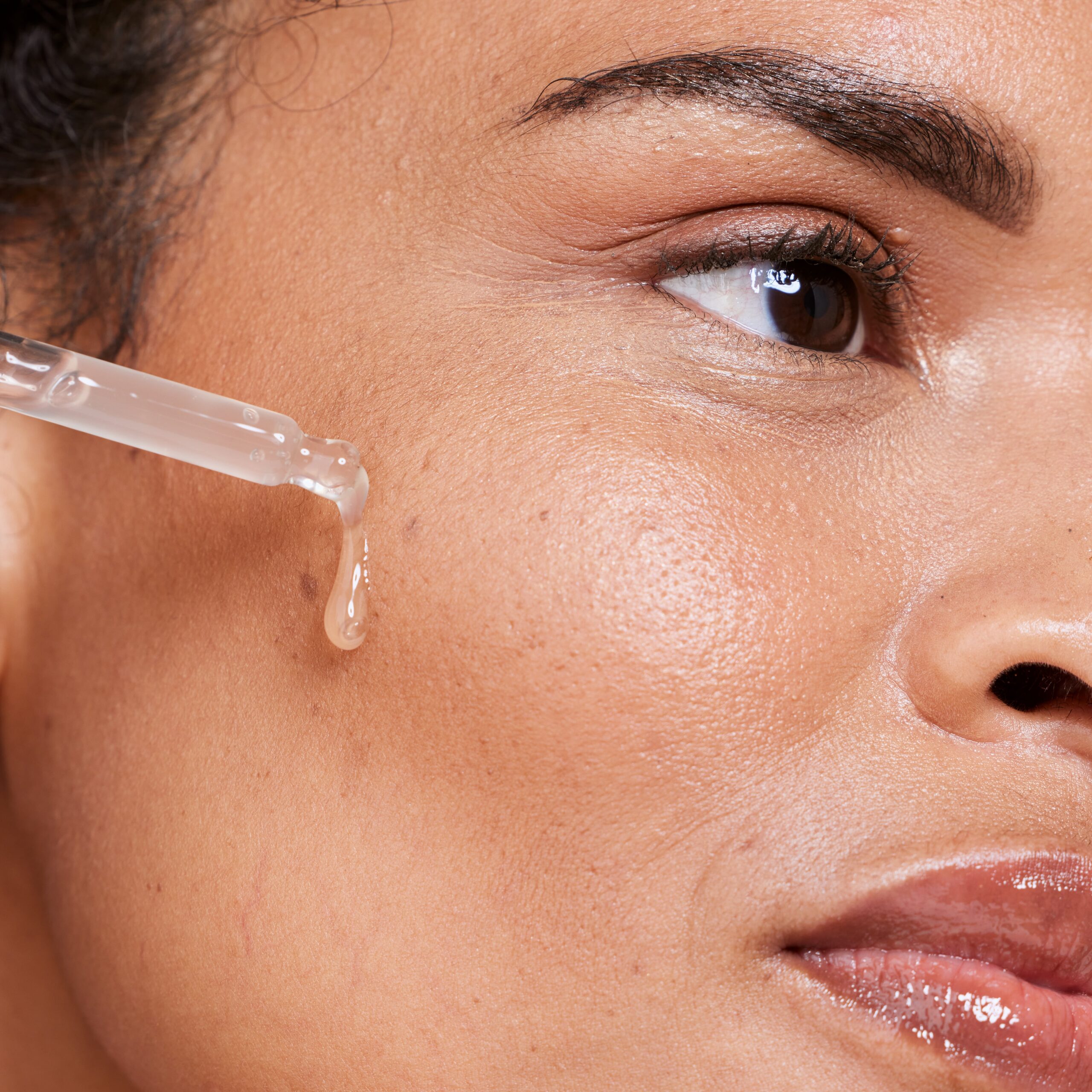
- POPSUGAR Australia
- Beauty
- You May Want to Consider Adding Vitamin E Into Your Skin-Care Routine
You May Want to Consider Adding Vitamin E Into Your Skin-Care Routine

There are so many skin-care ingredients found in your favorite products that it may be hard to keep track of all of their benefits. For example, we all know that vitamin C is good to use in the morning, but its exact benefits may not be top of mind. The same can be said for a powerhouse ingredient you’ve probably seen in quite a few of your favorite serums, body lotions, and face creams – vitamin E.
Vitamin E is one of those ingredients that has an impressive amount of benefits that almost anyone’s skin can reap. Once you see it listed on the packaging of a formulation, it’ll likely pop up again and again. But what exactly does using vitamin E for skin do? We tapped two dermatologists to lay it all out for us. Ahead, find the benefits of vitamin E for skin and how to use it in your routine.
Experts Featured in This Article
Anna Karp, MD, FAAD, is a board-certified dermatologist at SINY Derm in New York City and a clinical assistant professor of dermatology at NYU.
Deanne Mraz Robinson, MD, FAAD, is a board-certified, fellowship-trained cosmetic dermatologist, co-founder of Modern Dermatology, CT, and an assistant clinical professor of dermatology at Yale.
What Is Vitamin E?
“Vitamin E is a vitamin that has moisturizing and antioxidant properties,” dermatologist Anna Karp tells PS. It is derived from vitamin E, which is found in fats and oils that come from animal products, nuts, and fruits and vegetables. In beauty, it’s often found in lotion, creams, and gel formulations. “On ingredient lists, you may see it referred to as tocopherol or alpha-tocopherol.”
What Are Vitamin E’s Benefits For Skin?
As an antioxidant, vitamin E “helps to neutralize free radicals from the environment and sun that can damage the skin and contribute to premature aging,” Dr. Karp says. Vitamin E also has anti-inflammatory properties and is fat-soluble, so it can penetrate our skin’s lipid barrier easily.
“Vitamin E combats free-radical damage from environmental stressors and toxins; as a humectant, it helps to draw moisture into the skin from the environment,” dermatologist Deanne Mraz Robinson, says. “As an emollient, it softens the skin barrier and helps to lock in moisture beneath, preventing trans-epidermal water loss.”
Vitamin E can also soften and moisturize skin, reduce swelling and redness, and can help heal burns and wounds. Those with eczema, psoriasis, and itchy skin may find relief when using a product with vitamin E.
How to Use Vitamin E in Your Routine
Vitamin E is oil-soluble, meaning it’s delivered well in a lotion or serum. It’s found in many skin-care products because it has so many benefits, but it can also be used as a stand-alone product.
“If your skin is sensitive, try it in a lotion or moisturizer vs. a serum and see how your skin reacts,” Dr. Mraz says. “Serms are formulated for optional absorption, while lotions and moisturizers work on the outer and upper layers of the skin where they are less likely to cause irritation.”
Is Vitamin E Suitable For All Skin Types?
Most people are able to tolerate vitamin E fairly well, especially as an ingredient in other products. However, it’s the delivery mechanism that matters when it comes to using this ingredient on your skin.
“I do not recommend pure vitamin E oil if you have oily skin or are prone to breakouts,” Dr. Karp says. “If you have sensitive skin, you can always do a small patch test on your forearm to make sure your skin does not have any reaction to the product.”
“If you have acne-prone skin, you will want to skip a vitamin E oil and opt for a lighter-weight serum or lotion. If your skin is dry, on the other hand, you might choose to go for an oil,” Dr. Mraz says. “It’s important to look at the accompanying ingredients in the skin-care products to avoid comedogenic ones and anything your skin might be sensitive to.”
Sydney Wingfield has been a freelance writer in the beauty and wellness space for six years. She has written for Women’s Health, Marie Claire, Glamour, and other publications and loves to cover all things skin care, makeup, and hair.

